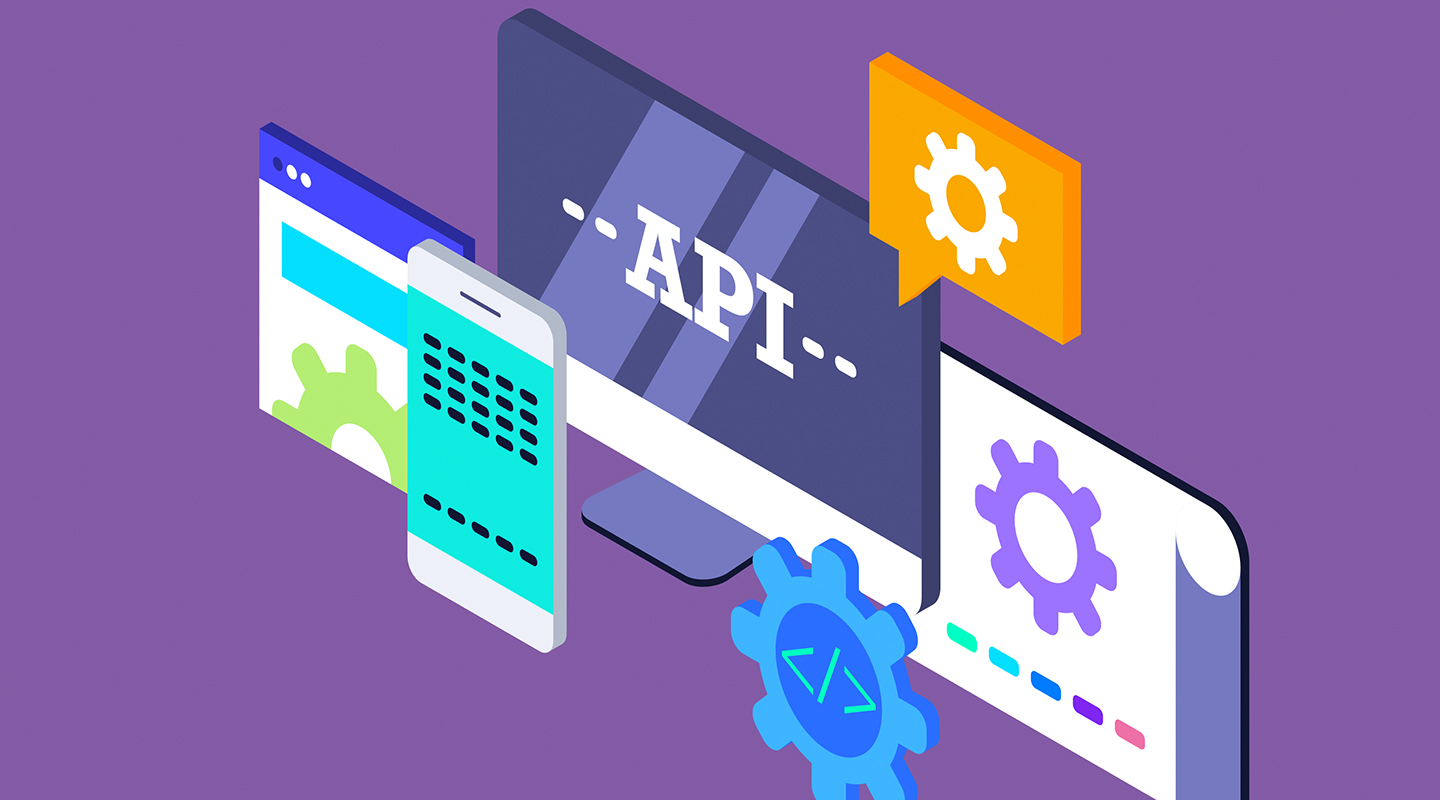A very similar, consistent theme emerged in sessions throughout LIMRA’s recent Enrollment Tech conference. Insurance companies want to be at a place where all communication is API driven, especially when it comes to enrollment communication with enrollment vendors. This message was very evident in the presentation by Prudential and ADP that kicked off the conference, in the presentation by Maxwell Healthcare and EIS, and in other sessions.
What it all boils down to is, do carriers have the framework to easily move into a world where APIs drive all communication? What’s at stake is carriers’ abilities to respond to the increasing demand to put all enrollment information at the fingertips of customers, an expectation escalated by the growing presence of Gen Z and Millenials in the workforce. Carriers are asking whether their legacy system can adapt to a changing landscape where the customer is the centerpiece.
A few years ago, we at EIS had the vision that a policy administration platform should be flexible in order to communicate with multiple enrollment vendors for a single carrier. And in turn, enrollment vendors should be capable of hosting all the eligibility information and performing eligibility validation, while at the same time, communicating the results of enrollment successfully to the policy admin platform. The latter is very important. As voluntary benefits become more commonplace, having a consolidated and accurate list bill is critical to the success of these products from a profitability and customer experience standpoint.
A good example of the trend toward voluntary is found in the effect of rising healthcare costs. As healthcare becomes more and more expensive for employers, standard ancillary benefit offerings like long-term disability are going the voluntary way. Many employers are also starting to offer high-deductible health plans (HDHP), which raise deductibles in exchange for lower premiums while voluntary benefits play a role in offsetting the higher deductibles. The State of Employee Benefits 2017 Regional Edition report found that HDHPs are a leading reason for the huge bump in voluntary benefit participation. Employees are also demanding newer benefit products such as student loan assistance. Having a robust enrollment experience is key to enabling these products for the benefit of the employees, sponsors, and carriers.
Simply put, for any enrollment to be successful, it comes down to the effective communication between the policy administration platform and the enrollment solution at hand. Here are five key questions to ask of the two systems:
- Can the policy administration platform easily communicate products, plan designs and rates to the enrollment application?
- Can the policy administration platform keep the enrollment application in synch with all the policy-level changes that might happen over the course of the policy being effective?
- Can policy administration platform successfully consume enrollment information and produce an accurate first bill?
- Can the policy administration platform successfully manage ongoing member changes; bulk or one-off, e.g., terminations, new hires, family status changes, and maintain accurate billing?
- Can the policy administration platform successfully intake annual enrollment on an ongoing basis?
All of the above are the essential questions to ask to have a completely integrated solution from an enrollment standpoint. They are the questions we asked of the design of our digital insurance platform for benefits insurance. As a result, the EIS platform has out of the box APIs to send and receive information for the scenarios above that will empower any insurance carrier to embrace the ever-changing world of enrollment.
Vinod Paluri is a PolicyCore product executive at EIS.




